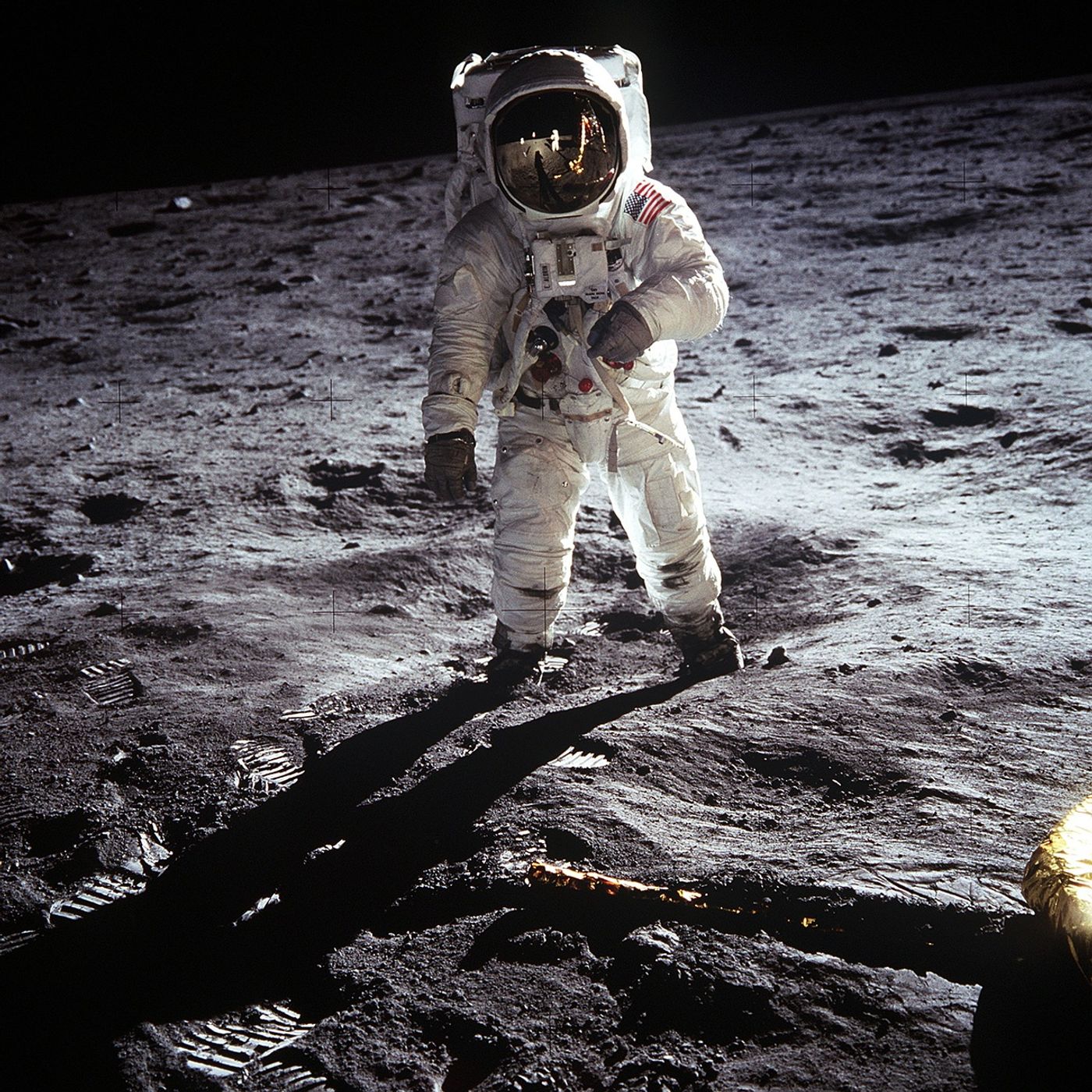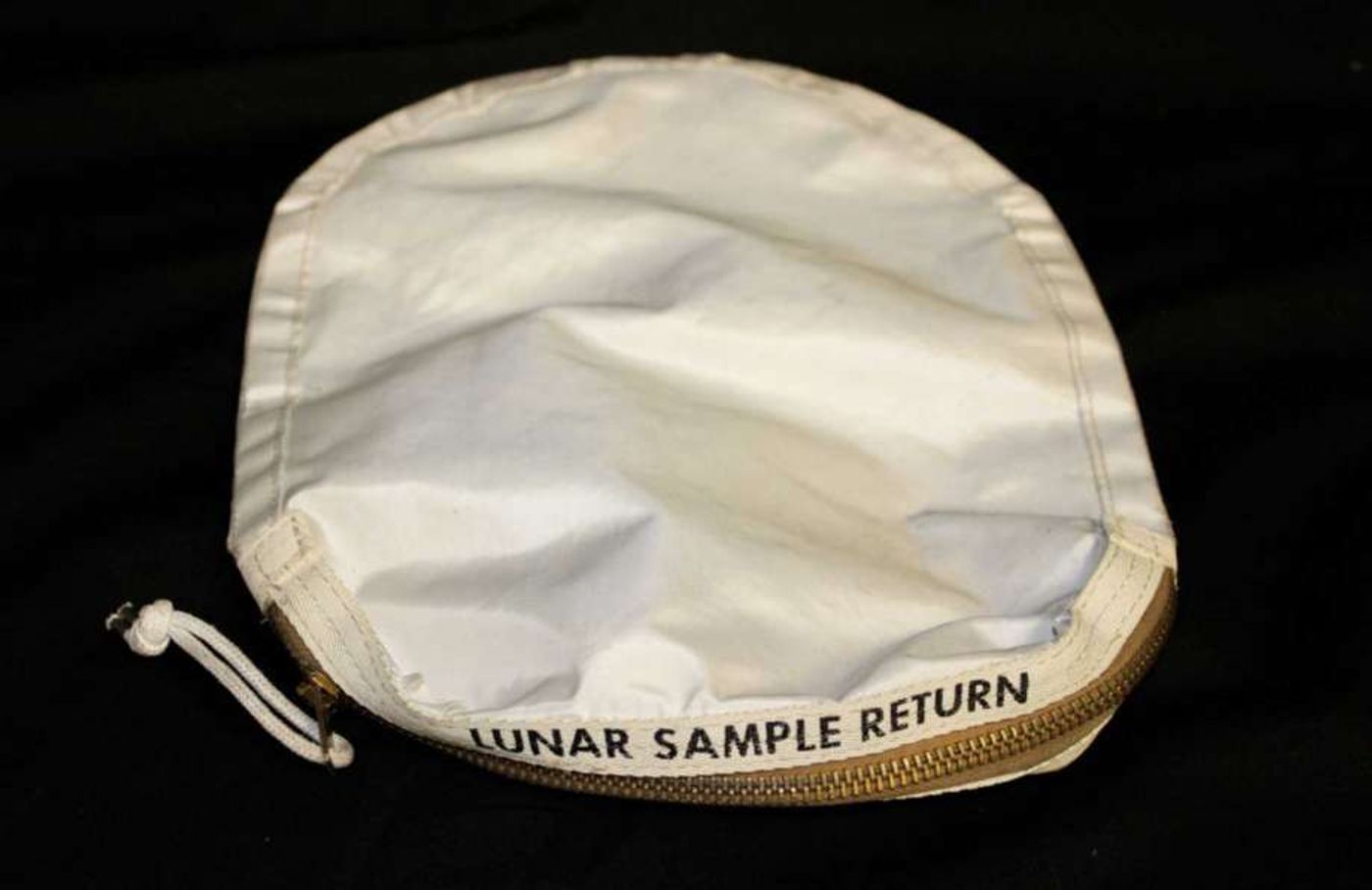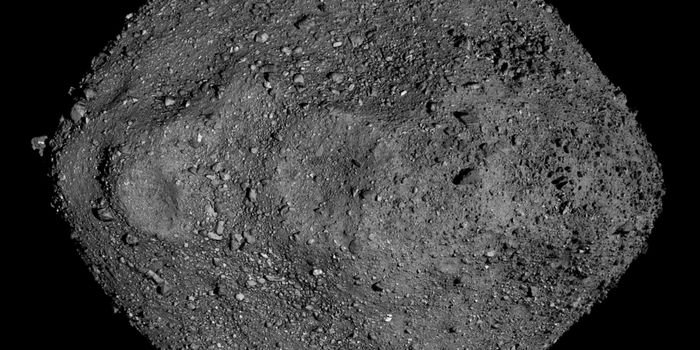Auction for Moon Dust Bag Used by Neil Armstrong Brings in $1.8M
Perhaps one of NASA’s greatest achievements was putting the first people on the lunar surface, so it’s no surprise that famous Apollo 11 memorabilia can rake in high volumes of cash.
When thinking back to the Apollo 11 mission in 1969 that made this feat possible, a select few astronaut names come to mind. Among those is Neil Armstrong, who's famously quoted as saying, “that's one small step for a man, one giant leap for mankind” when he took his first step onto the lunar surface.
Image Credit: NASA
The Apollo 11 astronauts spent several hours on the Moon, conducting tests and picking up samples along the way. One of the ways astronauts collected Moon samples was by storing them inside of dust bags designed to hold up to the harsh conditions of outer space.
Related: Apollo astronauts may be at a greater risk for heart disease
One of these dust bags, which was used by Neil Armstrong himself, recently went on auction in New York and sold to an anonymous buyer for $1.8 million. In case you were wondering, the bag wasn’t empty; it contained traces of both lunar dust and rocks.
An inventory error at Johnson Space Center at the time led to a mishandling of the bag, so rather than ending up at the Smithsonian with the rest of the Apollo 11 memorabilia, it was legally sold to an Illinois-based collector named Nancy Carlson for under $1000 back in 2015.
Image Credit: Christopher McHugh, Attorney For Nancy Carlson
The huge oversight turned this bag into the only privately-owned item left over from the Apollo 11 mission; other items remain in possession of the Smithsonian.
NASA previously tried to regain possession of the bag by refusing to return it after the buyer submitted it for authenticity testing, but the space agency was unsuccessful after a legal battle ruled that it was Carlson’s property, fair and square.
Related: The ESA wants to build a lunar scientific research base by 2030
Carlson turned around and sold her $1000 investment for a profit, yielding the pretty penny earned at this auction. Because the new buyer did not want to be identified, there’s no way of telling who owns it now unless they come forward.
Source: BBC










